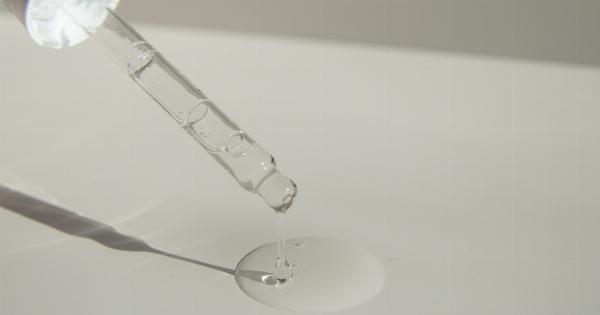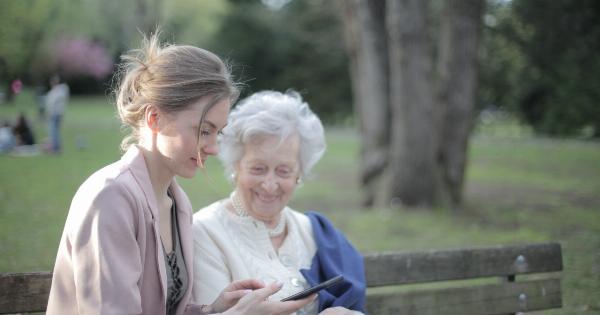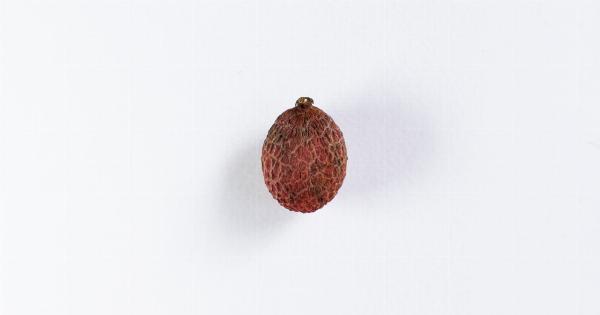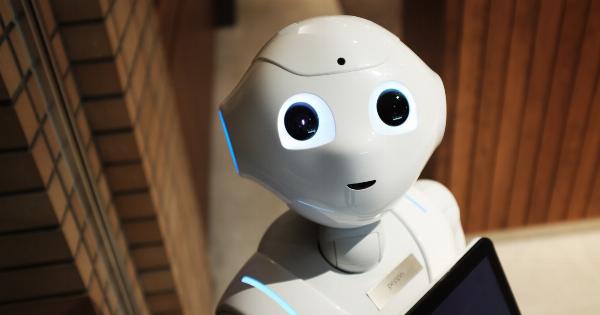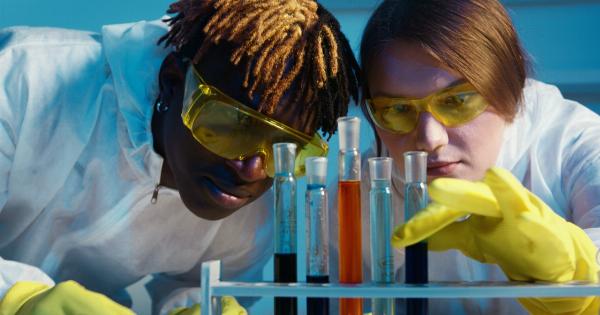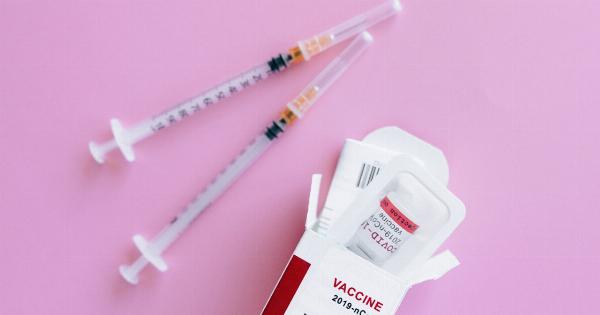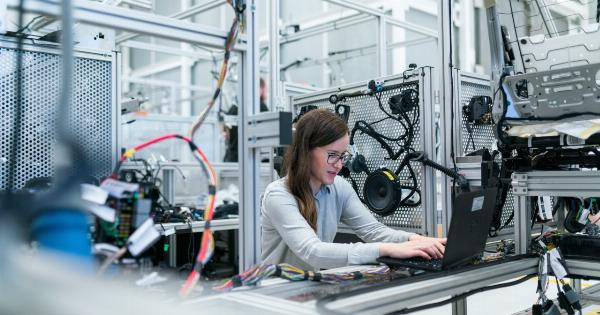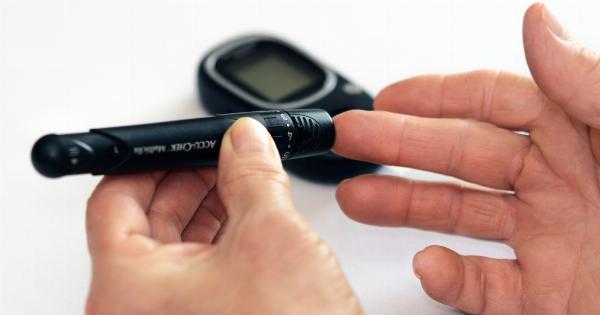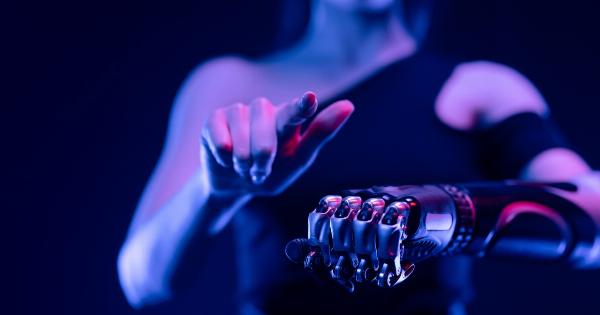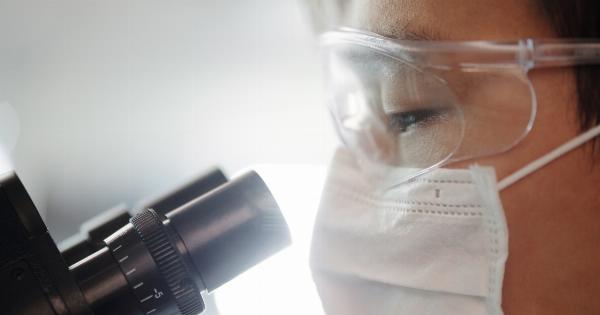In a major milestone in medical technology, scientists have successfully 3D printed the first-ever heart using human tissue.
The process involved using a patient’s own cells to create the heart, which opens doors for personalized treatment and a potential revolution in the field of cardiology.
Background
Cardiovascular diseases are the leading cause of death worldwide, claiming an estimated 17.9 million lives each year.
While treatments such as heart transplants and bypass surgeries are available, they are limited by the availability of compatible donors and the risk of complications and rejection. The development of 3D printing technology has paved the way for personalized medical solutions and has the potential to revolutionize the field of cardiology.
Process
The 3D printing process of the heart required precise engineering and complex tissue manipulation. The process began with a small biopsy of fatty tissue taken from the patient’s body, which was then processed to extract cellular materials.
These materials were then converted into bio-ink, a printable substance that was used to recreate the patient’s heart.
The bio-ink was printed layer by layer using a 3D printer, following a precise design based on the patient’s MRI scans.
The printer used two inks, one that contained the patient’s cardiac cells and another that contained a gel-like substance that comprised the structural elements of the heart, such as blood vessels.
Implications
The successful creation of a 3D printed heart using human tissue has significant implications for the field of cardiology.
The personalized nature of the treatment means that it has the potential to revolutionize the way cardiovascular diseases are treated. It could also pave the way for the development of personalized prosthetic devices and the use of 3D printing technology to create other vital organs such as lungs, kidneys, and livers.
Additionally, the 3D printed heart could serve as a valuable tool for medical research, allowing scientists to study the effects of diseases on a human heart without putting patients at risk.
It could also eliminate the need for animal testing, making drug discovery more humane and ethically sound.
Limitations
While the successful creation of a 3D printed heart represents a significant breakthrough, there are still several limitations that need to be addressed before the technology can be used on a wide scale.
The process of printing a heart is still very labor-intensive and time-consuming, and the cost of the materials used is currently very high. Additionally, it is still uncertain how well the 3D printed heart will function in a living organism, and more research is needed to determine its long-term viability.
Conclusion
The successful 3D printing of a human heart using a patient’s own cells represents a significant milestone in medical technology.
The personalized nature of the treatment holds the potential to revolutionize the way we treat cardiovascular diseases, as well as the development of prosthetic devices and other vital organs. While there are still limitations that need to be addressed, the future looks bright for the application of 3D printing technology in the field of cardiology.


